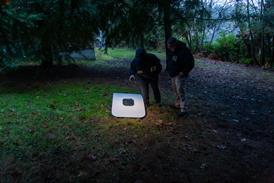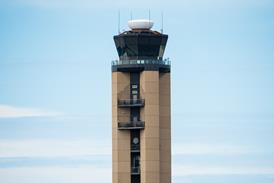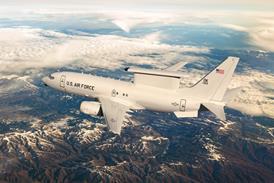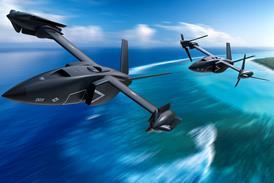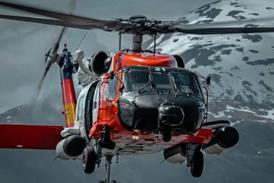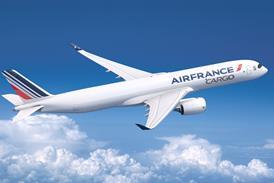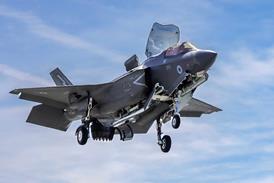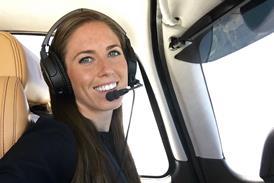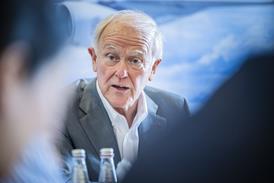Rotorcraft manufacturer Bell has advanced to the build stage of a secretive high-speed vertical-lift X-plane competition for the US military.
The company revealed on 9 July it has been selected for Phase 2 of the Speed and Runway Independent Technologies (SPRINT) initiative, which is being overseen by the US Defense Advanced Research Projects Agency (DARPA).
Bell and Boeing subsidiary Aurora Flight Sciences were both finalists in the design stage for SPRINT, which challenged competitors to create a vertical take-off and landing aircraft that was also capable of reaching airspeeds comparable to a fixed-wing jet.
The two companies were pursuing radically different approaches to the problem, with Aurora opting for a blended-wing-body fuselage featuring internally-housed rotorfans for vertical lift.
Bell’s design is based around a proprietary propulsion system the company calls “Stop/Fold” technology. The concept resembles a traditional tiltrotor aircraft for vertical and initial horizontal flight, with an added third mode for high-speed jet-powered flight.
In this configuration, the rotorblades fold down into the outboard engine nacelles for a fixed-wing configuration that resembles a traditional jet more than a rotorcraft.

Bell’s executive vice-president of engineering Jason Hurst says the company’s SPRINT demonstrator will be the first-ever aircraft to incorporate the Stop/Fold technology.
“This is an achievement we’ve been working towards for over 10 years, as we’ve leveraged our nearly 90-year history of X-plane development to bring new technology to our war fighters,” Hurst says.
That approach apparently offers more promise than Aurora’s fan-in-wing design, at least in the eyes of DARPA.
The agency confirms to FlightGlobal that only Bell will advance to Phase 2 of SPRINT, which will cover design finalisation, aircraft construction, ground testing and certification of an X-plane demonstrator.
Flight testing will not take place until a subsequent Phase 3 of the programme, which will be approved if DARPA feels the Bell aircraft shows sufficient promise to meet the project goals.
The US Special Operations Command, which is partnered with DARPA on the SPRINT effort, told FlightGlobal in May that the programme aims to fly a prototype aircraft by 2028. DARPA confirms to FlightGlobal that construction of the X-plane demonstrator is set to be completed in 2027, with flight testing in 2028.
Should the design successfully complete the flight-test campaign, the matured design will be offered to the various US military services for consideration – although there is no guarantee any buyers will emerge.
Bell has spent years investing in the Stop/Fold technology, self-funding the research and development for much of the current and previous decades. The company filed for a patent with the US government in 2017 for a “tiltrotor aircraft having rotary and non-rotary flight modes”.
That concept later became known as High-Speed Vertical Take-Off and Landing (HSVTOL), which in 2021 secured development funding from US Air Force Research Laboratory.
In 2023, Bell began sled testing an early version of the Stop/Fold rotor system, even before the start of the current competitive effort.
When DARPA launched the SPRINT competition later that year, Bell’s HSVTOL was chosen as one of five initial contenders. That field was later narrowed to just Bell and Aurora.
Last year, Bell concluded windtunnel testing of a model Stop/Fold aircraft to validate stability and control through the rotor fold and unfold sequence while in flight.
DARPA has set an airspeed target for the SPRINT aircraft of 400-450kt (740-830km/h) during fixed-wing flight. Bell has previously said its design will be capable of exceeding 400kt.
That is a significant improvement over even the latest tiltrotors. The MV-75 rotorcraft Bell is currently finalising for the US Army will have a cruising speed of around 280kt.
Aurora had said its blended-wing SPRINT design would have been able to maintain a flight speed of 450kt.

